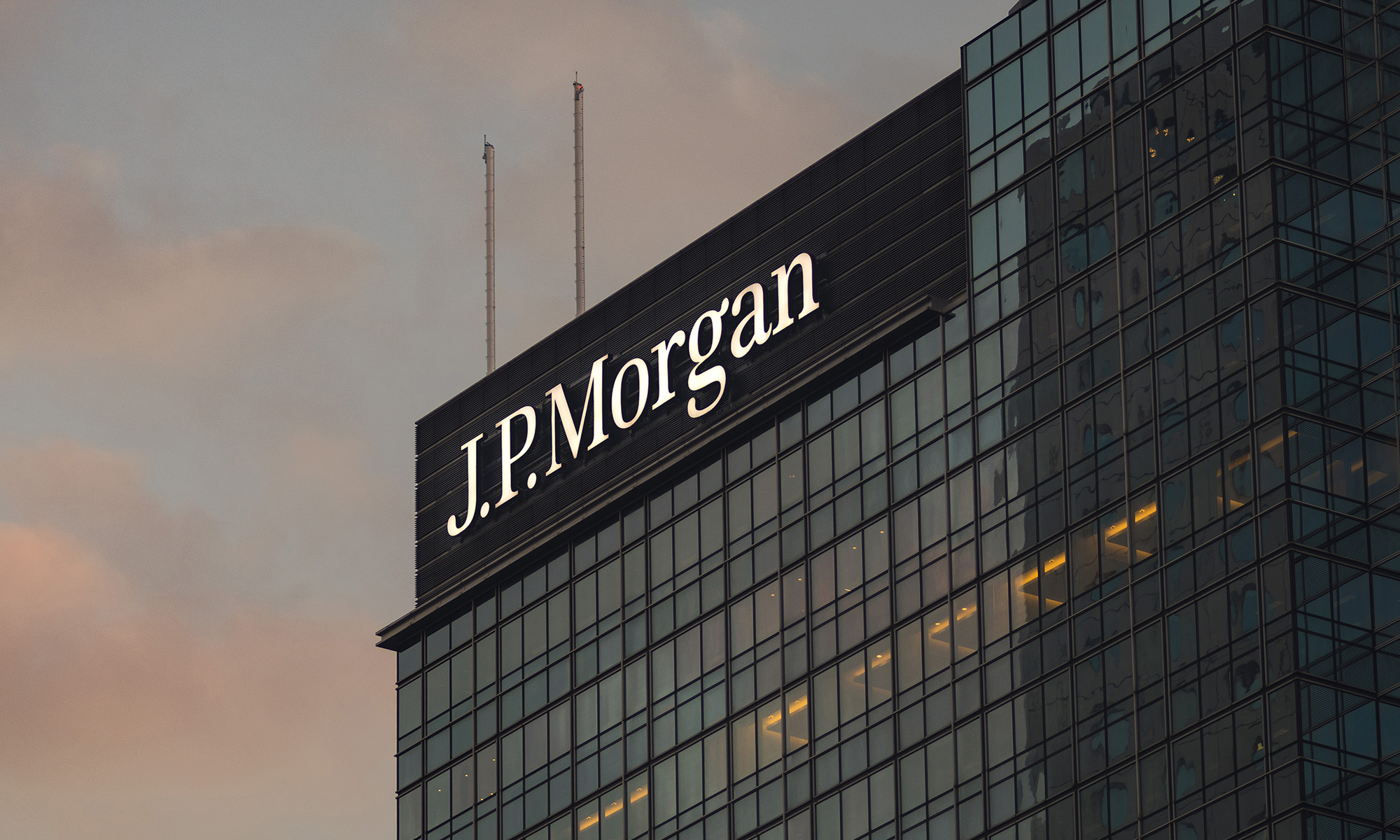The nation's biggest bank by assets kicked off first-quarter earnings season for banks on Thursday with a bang. JPMorgan Chase (JPM +1.04%) reported a 17% increase in profits for the three months ended March 31 compared to the year-ago quarter.
"We are off to a good start for the year with all of our businesses performing well and building on their momentum from last year," said Chairman and CEO Jamie Dimon. "U.S. consumers and businesses are healthy overall and with pro-growth initiatives and improving collaboration between government and business, the U.S. economy can continue to improve."

JPMorgan Chase Chairman and CEO Jamie Dimon. Image source: JPMorgan Chase.
JPMorgan Chase's performance was bolstered by an easy year-over-year comparison. It was in the first quarter of 2016 that oil prices dropped below $30 a barrel, increasing the risk of default among companies in the energy industry and thereby prompting banks to raise their loan-loss provisions. This weighed on earnings, as provisions impact income in the same way expenses do.
It was also in the first quarter of last year that the United Kingdom announced it would hold a referendum on whether to secede from the European Union. This increased uncertainty, which translated into lower income from trading, as institutional investors were reluctant to leave the sidelines. (The U.K. voted in favor of Brexit in June.)
JPMorgan Chase saw a meaningful improvement in both areas in the first quarter of this year. Its provision expense fell 28%, or $500 million, while its trading income climbed 34%, or $903 million. These alone are more than enough to explain the $928 million increase in the bank's net income.
|
Metric |
1Q17 |
Year-Over-Year Change |
|---|---|---|
|
Net revenue |
$24.7 billion |
6% |
|
Provision for credit losses |
$1.3 billion |
(28%) |
|
Noninterest expenses |
$15.0 billion |
9% |
|
Net income |
$6.5 billion |
17% |
Source: JPMorgan Chase.
The bank benefited, as well, from the Federal Reserve's decisions to raise interest rates in December and March, hiking the fed funds rate by a combined 50 basis points. This increased the amount JPMorgan Chase earned from its $2.2 trillion worth of interest-earnings assets by 11 basis points compared to the final quarter of last year.
All told, the New York City-based bank earned $6.5 billion in the quarter. To put that in perspective, Apple is the only company that generates more net income than JPMorgan Chase.
That translated into an 11% return on equity for the bank. And if you use a more restrictive measure of capital, as banks are inclined to do nowadays, JPMorgan Chase's return on tangible common equity was 13%.
These are far from the returns that banks earned before the financial crisis nine years ago. Yet, double-digit returns on equity like these are easier said than done in such an inhospitable operating environment, given the still-ultralow interest rates and heightened compliance burden brought on by the Dodd-Frank Act of 2010.
In short, JPMorgan Chase's first-quarter earnings showed a consistently improving bottom line, bolstered by gradually abating industry headwinds.






